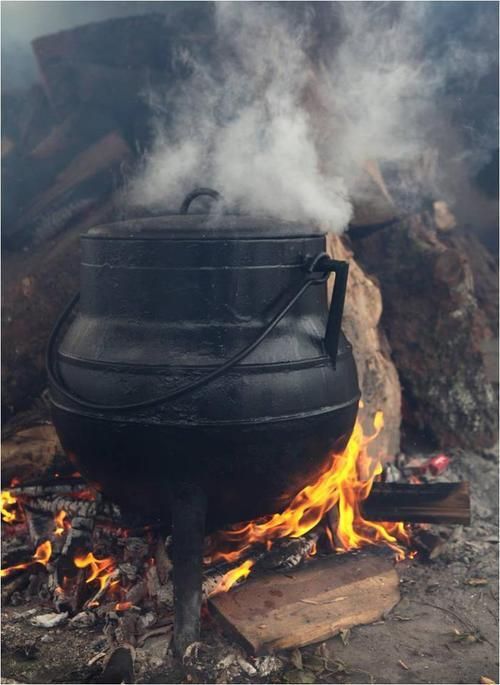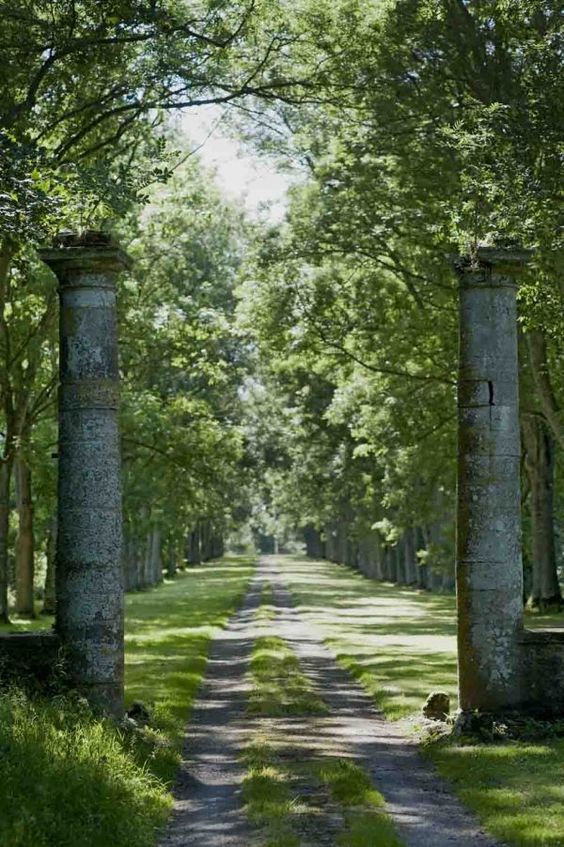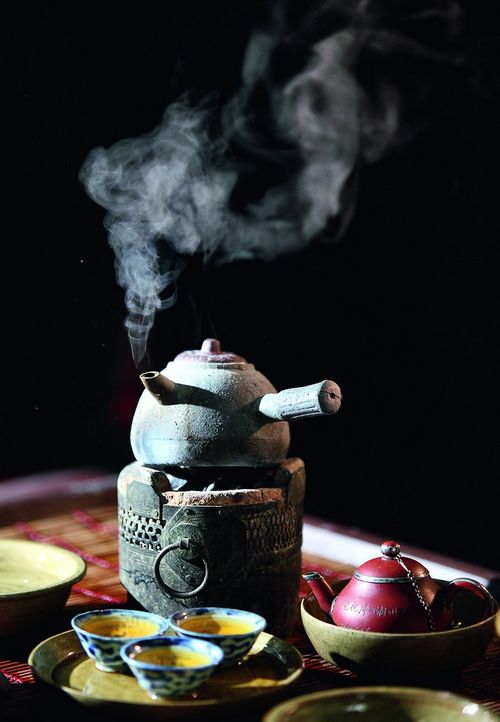Dear Integral Meditators,
There are three ways in which we can use our mind in order to ‘digest’ our thoughts and experiences. The article below explores how we can use mindfulness to consciously integrate these three into our daily life, so that they are supporting each other, and helping us to enhance the quality of our life.
In the spirit of eating your thoughts,
Toby

Mindfully ‘eating’ your thoughts
In order to ‘eat and digest’ the information coming into and from our mind, we need to be competent in three modes of processing that information. These three modes are thinking, reflecting and non-thinking.
The first mode, ‘thinking’ involves actively using our cognitive intelligence to problem solve, seek information, stimulate action, strategize, assess risk, and generally actively create thoughts regarding our life. For many people this is the ‘default’ mode that they use their mind for. Many of us are compulsive thinkers to the extent that, even when there is nothing really urgent to think about or solve, we invent a bunch of thinking and problems to solve just so as we don’t have to sit with the discomfort of our relationship to, and feelings about, ourself. This first mode of using our mind, thinking, in the analogy of ‘eating our thoughts’ might be likened to the process of creating and eating food.
The second mode of using our mind is ‘reflecting’. Reflecting involves a much reduced pace of actual thinking and thought creation; it is mainly concerned with observing and dwelling contemplatively upon the experiences we may have had during the day. It principally uses awareness and acceptance to look back upon and ‘digest’ what we are going through. It enables us to process our life constructively in the same way that sitting quietly for a period after a meal enables us to digest our food and obtain nutriment from it.
The third mode of using our mind is ‘non-thinking’ which is where we deliberately cease processing our world mentally and cognitively for a period of time in order to renew and regenerate our energy. In terms of our ‘eating’ analogy, non-thinking corresponds to the ‘emptying’ part of the metabolic process; If you kept eating and digesting food, but never ‘emptied’ your bowels and intestines, then they would very rapidly become a bursting, fetid mess. In a similar way emptying our mind through non-thinking cleanses and empties our mental space, enabling us to receives new experiences and to think and contemplate them in fresh ways. For many people meditation practice is explicitly the way in which they at least try and practice the discipline of non-thinking.
To come back to the eating analogy, it is clear to everyone that in order for our body to remain healthy we need to eat, digest and then empty the waste product of our eating. Similarly, in order to ‘eat’ properly mentally we should have periods each day where we are consciously focused either upon thinking or contemplating or non-thinking, integrating these three processes in a balanced way into our life.
In terms of your mindfulness practice, one basic question to ask yourself is “What is it most appropriate for me to be doing right now; thinking, contemplating or non-thinking?” and then act upon the answer that comes back to you.
We can also structure our day formally into sections where we deliberately think and problem solve, sections when we are reflecting/digesting, and sections when we are simply emptying. This can be done in an organic manner, for example by choosing to emphasize reflection rather than thinking on the bus home, or simply choosing to drink our coffee whilst thinking as little as possible and emphasizing ‘emptying’.
Simply understanding these three modes of using your mindfulness to apply them consciously to your life can be tremendously empowering!
© Toby Ouvry 2017, you are welcome to use or share this article, but please cite Toby as the source and include reference to his website www.tobyouvry.com
Integral Meditation Asia
Online Courses * 1:1 Coaching * Books * Live Workshops * Corporate Mindfulness Training *Life-Coaching * Meditation Technology








